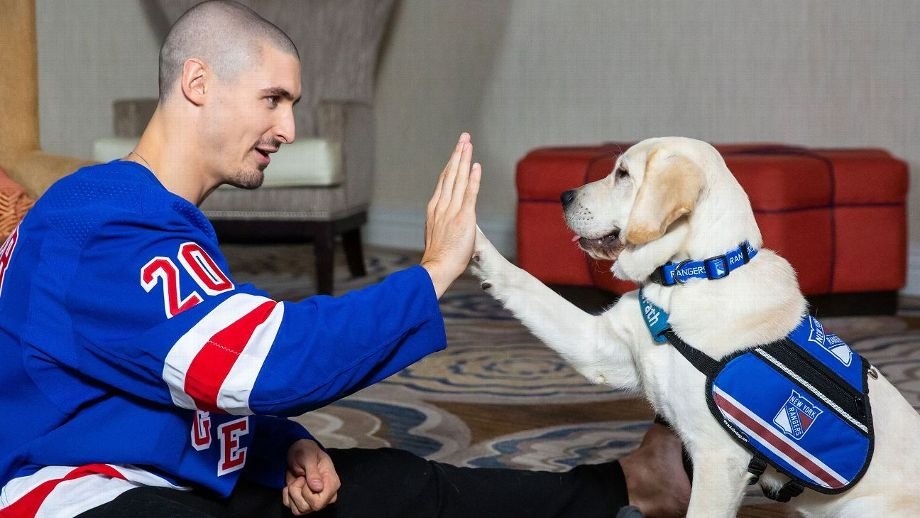
WHAT YOU WILL NEED
CLICKER
Do you need it? No, but it can speed up learning if used correctly. If you want to geek out on training, this is for you. If not, skip it.
TREAT POUCH
A treat pouch is a great way to make sure you have treats when you need them. Leave it next to your leash and you will be set!
LEASH
A good 4-6ft leash is a staple in dog training. Leather leashes are much gentler on the hands than most other materials.
TREATS
Bil-Jac makes a variety of amazing soft treats (the dogs agree) and these are no exception. Great for dogs that love liver treats!
NOTE: All products have affiliate links, which means I earn a small commission on each item purchased from the links. I appreciate your support and wish you happy training!
OVERVIEW
This behavior is a twist on the classic “shake” or “paw.” The end goal is that you will make a fist and your dog will tap it with their paw.
Phase 1: Teach the behavior
Put a treat in your closed fist. Put your fist right in front of your dog’s chest and wait. Dogs tend to naturally paw at something they want to get into, and most dogs will paw at your fist after a while. Be patient, they may need to exhaust all other options before trying to use their paw. As soon as your dog even tentatively lifts a paw, click and open your fist to give them the treat. Repeat over several sessions until your dog is quickly and consistently raising their paw to your fist as soon as you present it.
For the few dogs out there that are not inclined to paw at your hand, you can play around with other methods. Sometimes I will try to very lightly touch the fur on the back of their leg in the hopes that it will tickle and they will want to move away from it. Or you can even just wait. Eventually your dog will think about walking away and will need to lift a paw to do so. You can capture this moment by clicking and treating. Repeat over and over until your dog figures out you want them to raise a paw. Once your dog is consistently making contact with your fist when presented, you can move to fading the lure.
Phase 2: Fade the lure and solidify a hand cue
Start your session by practicing the fist bump at least 5 times with your dog with a treat in your fist. Now that your dog is feeling confident that the behavior you are practicing is the fist bump, present your fist, but without a treat in it. When your dog does the behavior, click and treat. Practice this until your dog is consistently confident in the behavior when there is no treat in your hand.
Phase 3: Teach the verbal cue
Say “fist bump” then present your fist. As this behavior is dependent on you presenting a fist for them to touch, they will always have a hand cue to follow.
Phase 4: Selective reinforcement
Once your puppy is responding consistently to both your hand signal and verbal cue, you can start to only feed for the best responses. Over time, you can become more and more selective as your dog will not need such a high rate of reinforcement.




